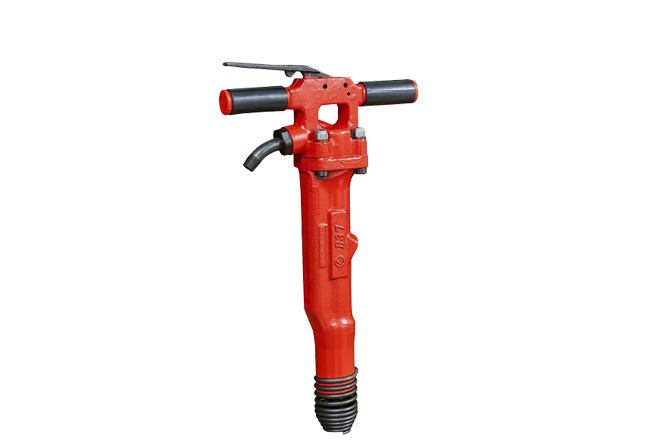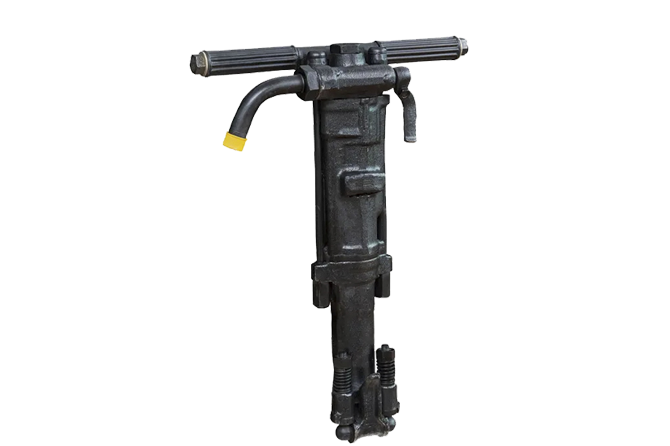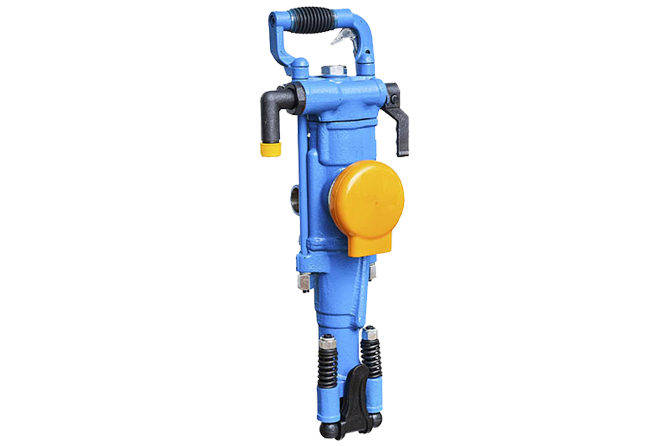When it comes to creating apertures in rocks, a rock drill comes in handy. It can either be held in the palm of one’s hand or mounted onto a machine for enhanced precision. The latter is widely used for mining, quarrying and tunneling operations.
Operating by hand, rock drills tackle a variety of tasks, such as drilling for planting trees, in ordinary mining practices, and in quarries. Additionally, these drills are utilized in construction projects to bore into concrete and brickwork.
Hole-making activities tend to be divided into two separate categories: the hammer drill and the rotary drill. Delicate rock formations are no match for the hammer drill, while the rotary drill can be utilised when powerful action is needed for boring through tougher surfaces. Ultimately, both drills provide a useful tool for making a hole in rock.
When it comes to finding the ideal hand-held rock drill for the task at hand, the selection process varies depending on the type of rock. A hammer drill is well-suited for drilling into softer rocks, while a rotary drill is ideal for projects involving tougher materials.
With a multitude of handheld rock drills available, the most sought-after names in the industry are Bosch, Hilti, and Makita.
When picking a hand-held rock drill, a few elements should be kept in mind:
Harnessing the force of a drill’s power allows for faster hole-drilling operations. As the strength of the drill increases, so too does its efficiency in creating openings.
– Having greater heft can be both beneficial and burdensome when it comes to drills. Increased mass gives a tool its strength, but the difficulty of maneuvering it increases proportionally.
Generally speaking, a larger drill will drill faster than a smaller one since it is built to tackle more considerable tasks; however, the reverse is true when it comes to comfort while using the tool. In this case, the smaller drill is not only easier to work with, but it can also be more maneuverable in tight spaces.
Cheaper drills can often be slow and of lower quality, whereas opting for a more expensive tool can deliver superior speed and quality when drilling.
In order to pick the most suitable hand-held rock drill for your purposes, make sure to take into account all of the above components.
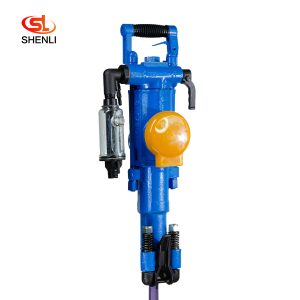
Short Description: YT29A air-legged rock drills are heavy-duty push-leg (air-legged) rock drills with low energy consumption, which are more suitable for drilling horizontal or inc […]
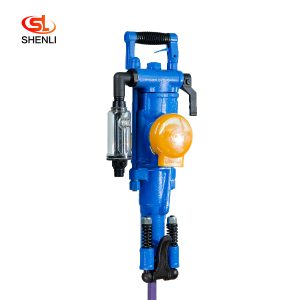
Short Description: The YT28 air-leg rock drill is a kind of high-efficiency, energy-saving and environmentally friendly rock drilling equipment. Compared with similar pneumatic pro […]
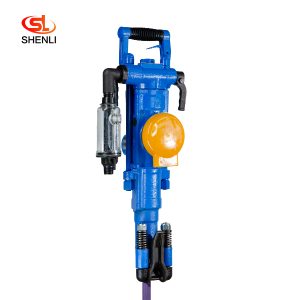
Short Description: The YT27 air-legged rock drill is a highly efficient lightweight rock drill suitable for downward or inclined drilling in medium-hard or hard (f=8 – 18) ro […]
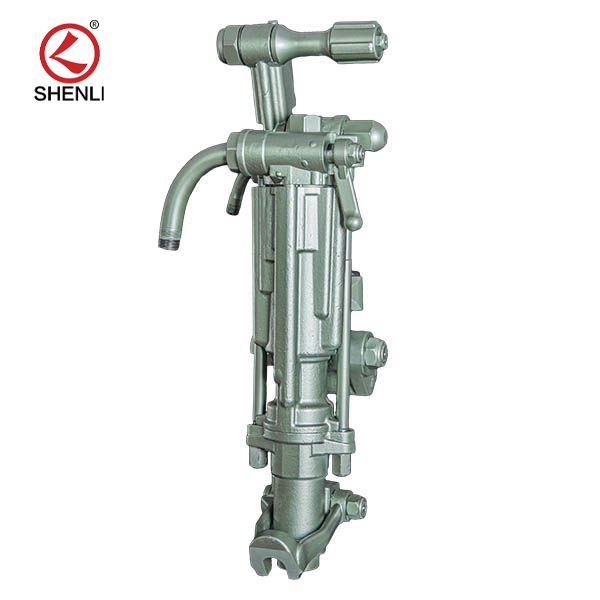
Product description: (S250 jackleg Drill) has been the preferred choice of miners who demand high performance, superior control and lasting reliability. the S250 jackleg allows ope […]
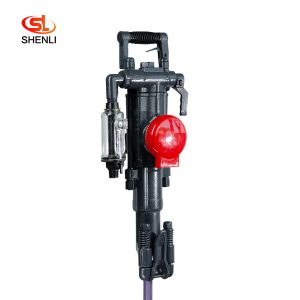
Scope of application: Model S82 air-legged rock drills are heavy-duty air-legged rock drills with high efficiency and low consumption, which are especially suitable for use in the […]
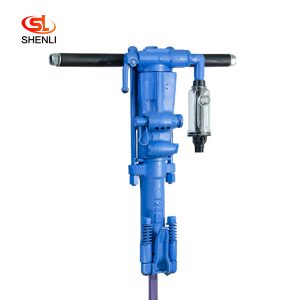
Product introduction Y26 hand-held rock drill is mainly used for drilling shell holes and secondary blasting in mines, railroads, water conservancy, and rock works, which can dry a […]
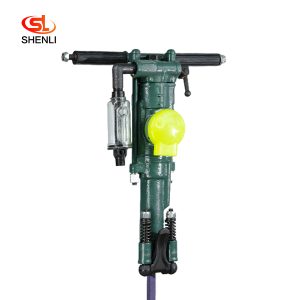
Product description: Y24 hand-held rock drill is a variant of YT24 air-leg rock drill in our factory. It has the advanced level in China and was rated as the high quality product i […]
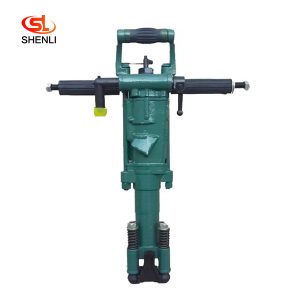
Product description: Y20LY hand-held pneumatic leg dual drill is a kind of light rock machinery, which can be used in secondary blasting in mines and quarries as well as in stone w […]
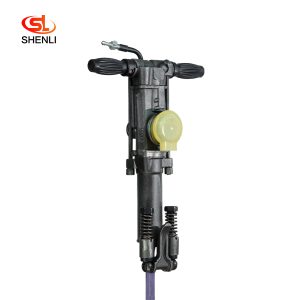
Product Description: Y18 hand – held and air – leg drill is suitable for drilling and blasting holes on soft, medium and hard rocks and W-1.5/4, W-1.8/5, W-2/5 and othe […]

